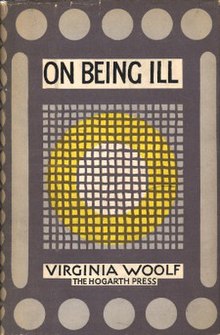
Adeline Virginia Woolf was an English writer. She is considered one of the most important modernist 20th-century authors and a pioneer in the use of stream of consciousness as a narrative device.
The Bloomsbury Group—or Bloomsbury Set—was a group of associated English writers, intellectuals, philosophers and artists in the first half of the 20th century, including Virginia Woolf, John Maynard Keynes, E. M. Forster, Vanessa Bell, and Lytton Strachey. This loose collective of friends and relatives was closely associated with the University of Cambridge for the men and King's College London for the women, and they lived, worked or studied together near Bloomsbury, London. According to Ian Ousby, "although its members denied being a group in any formal sense, they were united by an abiding belief in the importance of the arts." Their works and outlook deeply influenced literature, aesthetics, criticism, and economics as well as modern attitudes towards feminism, pacifism, and sexuality.

Mrs. Dalloway is a novel by Virginia Woolf published on 14 May 1925. It details a day in the life of Clarissa Dalloway, a fictional upper-class woman in post-First World War England. It is one of Woolf's best-known novels.
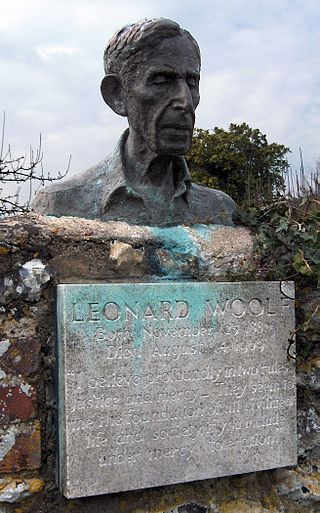
Leonard Sidney Woolf was a British political theorist, author, publisher, and civil servant. He was married to author Virginia Woolf. As a member of the Labour Party and the Fabian Society, Woolf was an avid publisher of his own work and his wife's novels. A writer himself, Woolf created nineteen individual works and wrote six autobiographies. Leonard and Virginia did not have any children.

Victoria Mary, Lady Nicolson, CH, usually known as Vita Sackville-West, was an English author and garden designer.

The Hogarth Press is a book publishing imprint of Penguin Random House that was founded as an independent company in 1917 by British authors Leonard Woolf and Virginia Woolf. It was named after their house in Richmond, in which they began hand-printing books as a hobby during the interwar period.

To the Lighthouse is a 1927 novel by Virginia Woolf. The novel centres on the Ramsay family and their visits to the Isle of Skye in Scotland between 1910 and 1920.

A Room of One's Own is an extended essay by Virginia Woolf, first published in September 1929. The work is based on two lectures Woolf delivered in October 1928 at Newnham College and Girton College, women's colleges at the University of Cambridge.
Orlando: A Biography is a novel by Virginia Woolf, first published on 11 October 1928. Inspired by the tumultuous family history of the aristocratic poet and novelist Vita Sackville-West, Woolf's lover and close friend, it is arguably one of her most popular novels; Orlando is a history of English literature in satiric form. The book describes the adventures of a poet who changes sex from man to woman and lives for centuries, meeting the key figures of English literary history. Considered a feminist classic, the book has been written about extensively by scholars of women's writing and gender and transgender studies.
The term middlebrow describes middlebrow art, which is easily accessible art, usually popular literature, and middlebrow people who use the arts to acquire the social capital of "culture and class" and thus a good reputation. First used in the British satire magazine Punch in 1925, the term middlebrow is the intellectual, intermediary brow between the highbrow and the lowbrow forms of culture; the terms highbrow and lowbrow are borrowed from the pseudoscience of phrenology.

The Hours is a 1998 novel written by Michael Cunningham. It won the 1999 Pulitzer Prize for Fiction, the 1999 PEN/Faulkner Award for Fiction, and was later made into an Oscar-winning 2002 film of the same name.
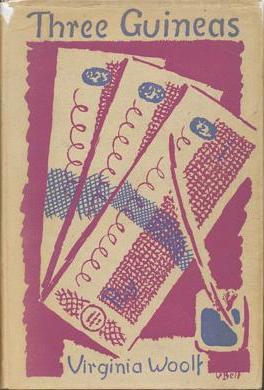
Three Guineas is a book-length essay by Virginia Woolf, published in June 1938.

The Hours is a 2002 American psychological drama film directed by Stephen Daldry and starring Meryl Streep, Julianne Moore, and Nicole Kidman. Supporting roles are played by Ed Harris, John C. Reilly, Stephen Dillane, Jeff Daniels, Miranda Richardson, Allison Janney, Toni Collette, Claire Danes, and Eileen Atkins. The screenplay by David Hare is based on Michael Cunningham's 1999 Pulitzer Prize-winning novel of the same name.
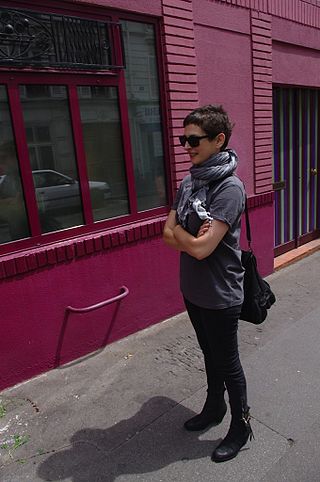
Kate Zambreno is an American novelist, essayist, critic, and professor. She teaches writing in the graduate nonfiction program at Columbia University and at Sarah Lawrence College. Zambreno is a 2021 Guggenheim Fellow in Nonfiction.
"Modern Fiction" is an essay by Virginia Woolf. The essay was published in The Times Literary Supplement on April 10, 1919 as "Modern Novels" then revised and published as "Modern Fiction" in The Common Reader (1925). The essay is a criticism of writers and literature from the previous generation. It also acts as a guide for writers of modern fiction to write what they feel, not what society or publishers want them to write.
The London Scene is the name given to a series of six essays that Virginia Woolf wrote for Good Housekeeping magazine in 1931 and 1932. The title was not chosen by Woolf but comes from the 1975 republication of five of the essays. Originally the essays were referred to as 'Six Articles on London Life'.
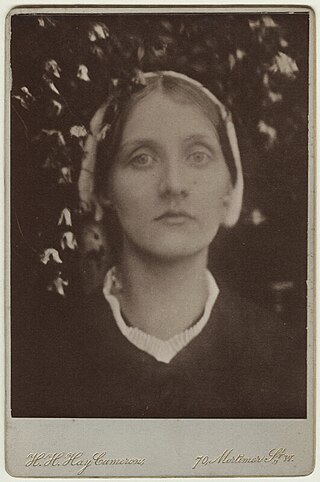
Julia Prinsep Stephen was an English Pre-Raphaelite model and philanthropist. She was the wife of the biographer Leslie Stephen and mother of Virginia Woolf and Vanessa Bell, members of the Bloomsbury Group.

Mr. Bennett and Mrs. Brown is an essay by Virginia Woolf published in 1924 which explores modernity.
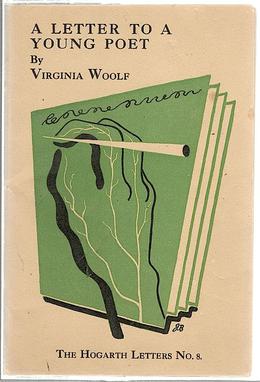
A Letter to a Young Poet was an epistolary novel by Virginia Woolf, written in 1932 to John Lehman, laying out her views on modern poetry.

Paris: A Poem is a long poem by Hope Mirrlees, described as "modernism's lost masterpiece" by critic Julia Briggs. Mirrlees wrote the six-hundred-line poem in spring 1919. Although the title page of the first edition mistakenly has the year 1919, it was first published in 1920 by Leonard and Virginia Woolf at the Hogarth Press. Only 175 copies of the first edition were distributed. In 2011, the poem was reprinted in an edition of Mirrlees's Collected Poems, edited by Sandeep Parmar, which helped create more critical interest.
